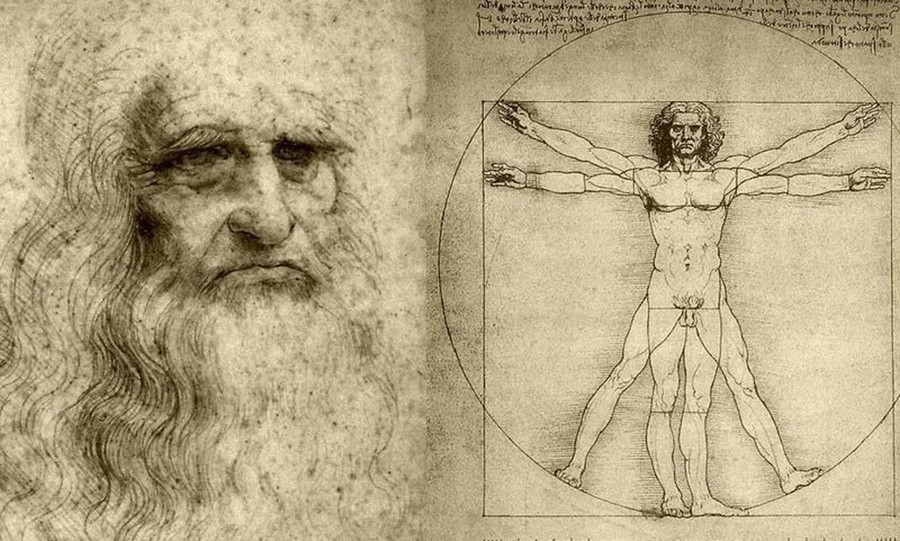Archaeologists working in the ancient city of Prusias ad Hypium, situated in modern-day Konuralp, Turkey, have made a remarkable discovery during their recent excavations. A beautifully preserved mosaic depicting lions has been unearthed, shedding new light on the cultural and religious practices of this once-thriving Hellenistic and Roman city.
Prusias ad Hypium, an ancient city originally located in Bithynia, was integrated into the Roman Republic in 74 BC. Throughout its history, the city served as a bustling trading center, boasting a degree of autonomy in local governance and even issuing its own currency.
Rediscovered in the 19th century, Prusias ad Hypium has recently been under the careful scrutiny of archaeologists from the archaeology department of Düzce University. This excavation project, supported by the Konuralp Museum and the Municipality of Düzce, has revealed fascinating insights into the city's past.
The city's excavated remains bear the distinct characteristics of a Hellenistic polis. Among the remarkable findings are fragments of city walls, a fortified gate, an open-air theater, an aqueduct, and a well-preserved Roman bridge that spans the centuries.
One of the most captivating aspects of the excavation has been the focus on the ancient theater, locally known as the "The Forty Stairs." Built during the Hellenistic period (300–30 BC) and later expanded during Roman times, this theater has provided archaeologists with a wealth of historical treasures.
Within a room situated along the theater's central axis, researchers stumbled upon an exquisite mosaic floor. This mosaic, adorned with a geometric floral pattern, has a rectangular shape and is centered around a depiction of a pair of majestic lions, flanking a pine tree. Suspended from the tree is a tympanum (a drum or tambourine), and on one of its branches, a pan flute can be seen.
Experts believe that this room was dedicated to the cult of Dionysus, the Greek god of wine, fertility, and revelry. During Dionysian processions, it was customary for Silenus and maenads to participate by playing musical instruments such as the tympanum and pan flute, suggesting a connection between this shrine and the vibrant religious life of Prusias ad Hypium.
The discovery of this stunning mosaic not only enriches our understanding of the city's religious practices but also underscores its deep-rooted Hellenic heritage. The careful preservation of this mosaic and ongoing excavations in Prusias ad Hypium promise to reveal even more secrets about the past of this remarkable ancient city.
As archaeologists continue their work in Prusias ad Hypium, we eagerly anticipate further revelations that will provide us with a broader perspective on the cultural, religious, and historical significance of this once-thriving hub of the ancient world.







